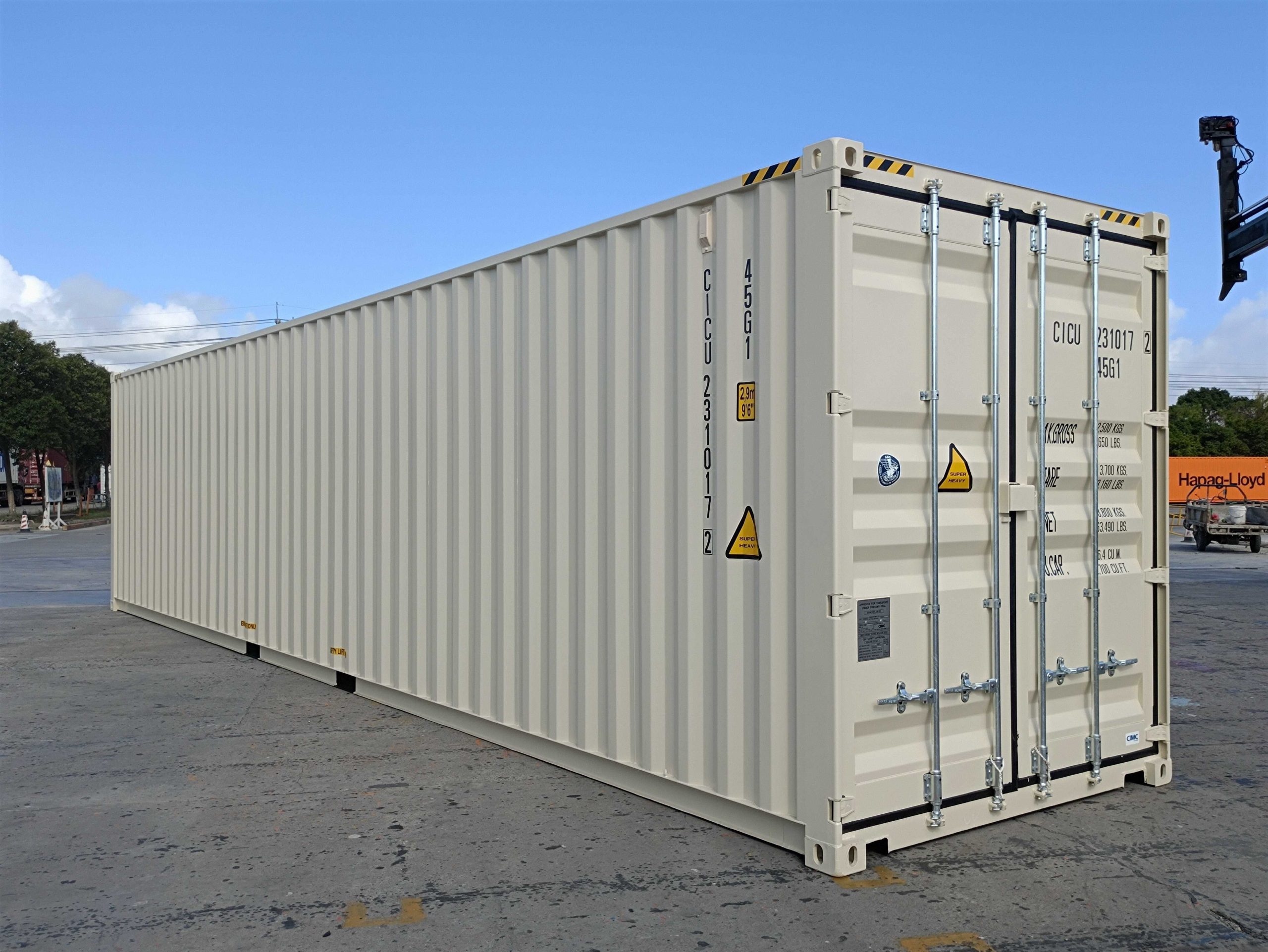The Most Popular Refrigerated Shipping Containers The Gurus Are Using 3 Things
Understanding Refrigerated Shipping Containers: An Essential Guide
In the global supply chain, the transportation of temperature-sensitive products is important. Refrigerated shipping containers, likewise called reefer containers, play a substantial role in protecting the stability of disposable items throughout transit. This post will look into the functionality, benefits, and types of refrigerated shipping containers while dealing with frequently asked concerns.
What are Refrigerated Shipping Containers?
Refrigerated shipping containers are specialized cargo containers equipped with refrigeration systems. They maintain a low temperature level to guarantee that products such as food, pharmaceuticals, and chemicals remain safe and undeteriorated throughout transit. These containers can be used for land, sea, and air transport, providing flexible choices for logistics experts.
Table 1: Key Features of Refrigerated Shipping Containers
Feature
Description
Temperature Range
Usually varies from -30 ° C to +30 ° C, depending upon the product being stored Insulation Made
from top quality
products to minimize thermal exchange Cooling Mechanism Utilizes
mechanical refrigeration
systems powered by electrical energy or generator Size Available in basic sizes( 20ft and 40ft)and
custom sizes Mobility Geared up with durable wheels for easy transport Flexibility Appropriate for land
, sea, or air transportation Kinds Of Refrigerated Shipping Containers Refrigerated
shipping containers come in numerous types, each created for specific functions
. Here's a list of the main types of
reefer containers. Standard Reefer Containers Usually used for transferring a variety of perishable items. Offered in 20ft and 40ft sizes. Controlled Atmosphere Containers
**Maintain an ideal atmosphere to prolong the
- life span of sensitive products like fruits and vegetables.
- Equipped with specialized gas control systems. Blast Freezer Containers Developed for quickly freezing products
**
- , promoting fast temperature level decrease to maintain quality. Ideal for seafood and meat processing industries.
- Multi-Temperature Containers Capable of carrying products at different
**temperature zones at the same time. Useful
- for combined cargo, permitting versatile logistics solutions. Insulated Containers Primarily
developed to maintain temperature for longer transit times without active refrigeration systems. Typically used for products that can tolerate mild
- temperature variations. Table 2: Comparison of Refrigerated Shipping Container Types Type
Ideal Use Temperature level Control Requirement Reefer General perishables Active refrigeration Managed**Atmosphere Fruits, veggies Gas control systems Blast Freezer Seafood, meat Quick freezing ability Multi-Temperature Blended cargo Multiple compartments Insulated Non-sensitive products Passive temperature control Advantages of Refrigerated Shipping Containers Refrigerated shipping containers offer numerous advantages that make them indispensable in the logistics
industry:
Quality Preservation By maintaining a constant
temperature, these containers help protect the nutritional worth and freshness of foodstuff.
Extended Shelf Life Temperature controls considerably
extend the shelf life of disposable
goods, decreasing waste and loss. cogcontainersltd.com can be carried via multiple modes, making them ideal for international shipping. Environmental Safety Using these containers minimizes spoilage,
thus decreasing food waste and its associated environmental impact. Improved
Security Lots of reefer containers come with sophisticated security features that secure cargo from external risks. FAQ about Refrigerated Shipping Containers Q1: What temperature level range can refrigerated* shipping containers maintain?A1: Most refrigerated shipping containers can keep temperature levels in between -30 ° C to +30 ° C, depending on the unit's requirements and the products being carried.
**
Q2: Do refrigerated shipping containers need electricity?A2: Yes, refrigerated containers generally need an external source of power to operate their cooling systems.
**
However, some models can operate on generator power as well. Q3: Can I ship non-perishable items in a reefer container?A3: While it's possible, it may not be cost-efficient to ship non-perishable
goods in refrigerated containers
- due to the high functional costs. Q4: How do I choose the best type of refrigerated container?A4: The option depends upon the kind of item, required
**temperature, and shipping duration
- . Consulting a logistics professional can assist identify the best choice. Q5: What is the distinction between active and passive temperature control?A5: Active cooling systems utilize refrigeration systems to keep temperature level, whereas passive systems rely on insulation to prevent temperature level variations without active cooling. Refrigerated shipping containers have actually transformed the way disposable items are carried around the world. With their capability to preserve low temperature levels and safeguard delicate items, these essential possessions boost freshness, decrease waste, and enable for greater logistical flexibility. Whetherit's seafood, pharmaceuticals, or fresh fruits and vegetables, reefer containers contribute considerably to the international food supply and other delicate industries, making them essential for
**
guaranteeing quality from farm to table and beyond. Understanding how they work and thedifferent types available can assist companies make more educated choices, ultimately benefiting both providers and consumers alike.
 ****
****- . Consulting a logistics professional can assist identify the best choice. Q5: What is the distinction between active and passive temperature control?A5: Active cooling systems utilize refrigeration systems to keep temperature level, whereas passive systems rely on insulation to prevent temperature level variations without active cooling. Refrigerated shipping containers have actually transformed the way disposable items are carried around the world. With their capability to preserve low temperature levels and safeguard delicate items, these essential possessions boost freshness, decrease waste, and enable for greater logistical flexibility. Whetherit's seafood, pharmaceuticals, or fresh fruits and vegetables, reefer containers contribute considerably to the international food supply and other delicate industries, making them essential for